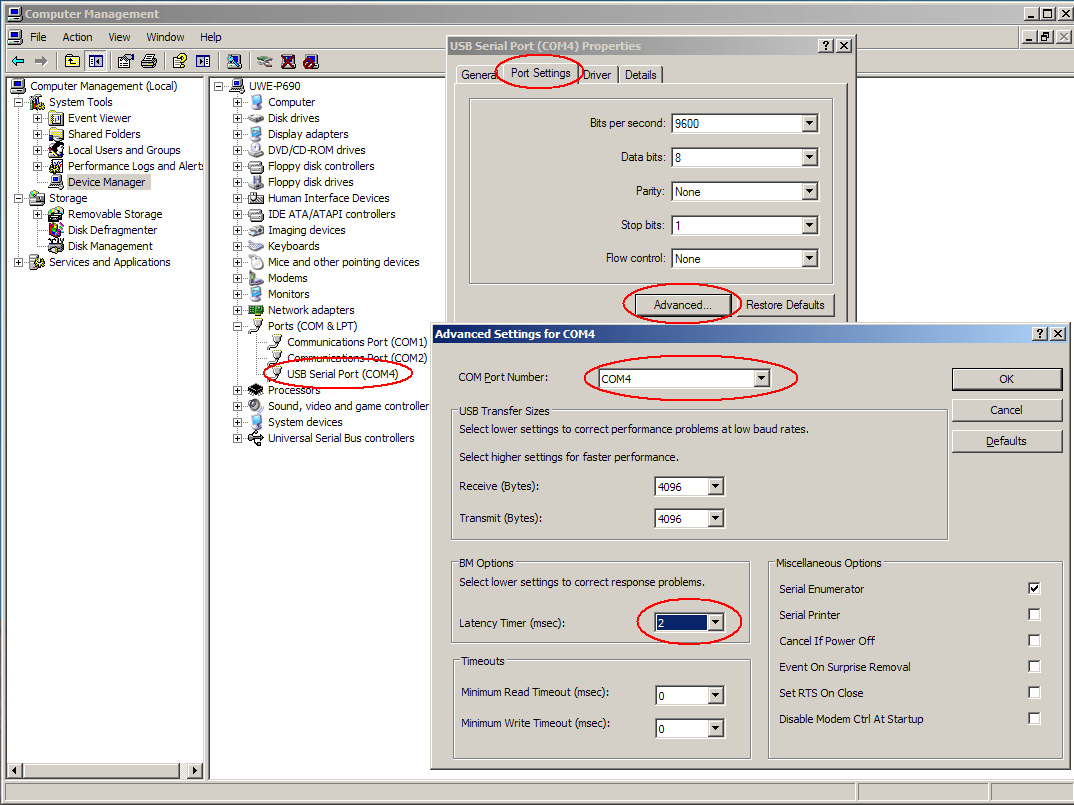
In fact I have pins 1, 11 and 12 that are not covered by that project since they are not standard, but still they could provide some more information. even if, I must say, with this cheap cable, it will be way easier to access the mysterious pins on my Peugeot OBD-II. With something like that I should not worry anymore about the protocol logic. This said, I'm also thinking about moving on to some serious stuff.
#VCDS 409.1 WINDOWS 10 CRASHES ISO#
If somebody is kind enough to point me out some info about the ISO 14230, that would be really appreciated :) That's it for today, I don't have any more updates. I just need some time before I do that, I do not like the idea to sending random stuff to my car ECU, that would not be fair to my car. So I am a bit puzzled right now: with this cable am I supposed to communicate directly with the OBD-II? I mean, must I use the raw ISO 14230-4 protocol? I'm afraid so, then I'll start reading this document and then I'll send some bytes straight into the terminal. If you're updating from VCDS-Lite version 1.0 or 1.1 you should not need a new activation. I used it for both of my 97 854GLTs and also on 96 base. (I think it ends up as COM3 by default) My copy of VCDS is a purchased registered one (upgraded from VAGCOM), not that I think that makes any difference.
#VCDS 409.1 WINDOWS 10 CRASHES INSTALL#
Didnt install any drivers at all, it just used the standard W10 ones. Allow ONE change of vehicles on your order will not work. I have VCDS-Lite working with a cheap (ish) cable with Windows 10. I think my adapter schematics looks really similar to the these. Ok I have vcds light and 409.1 and a cable from Amazon Vag-Com USB Interface USB Cable KKL 409.1 OBD2 and I cannot read engine fault codes. The ST 393, which just compares the voltages (?), as for what I understood KWP is already a UART signal (is it ?).



 0 kommentar(er)
0 kommentar(er)
